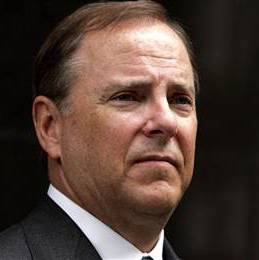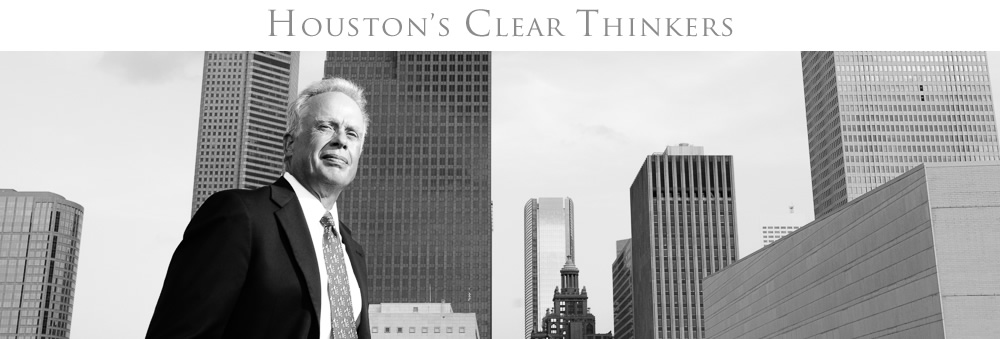 Over the years, I’ve written quite a bit (for example, here, here, here and here) on the questionable nature of the prosecutions and convictions of the Gen Re and AIG executives who were involved in the finite risk transaction that prompted Eliot Spitzer to demonize Hank Greenberg. As if Spitzer needed any prompting to grab some cheap headlines.
Over the years, I’ve written quite a bit (for example, here, here, here and here) on the questionable nature of the prosecutions and convictions of the Gen Re and AIG executives who were involved in the finite risk transaction that prompted Eliot Spitzer to demonize Hank Greenberg. As if Spitzer needed any prompting to grab some cheap headlines.
By now, the story regarding this transaction is well-known among those in the legal and business communities who have followed it. AIG booked the finite risk transaction as insurance, which increased its premium revenue by $500 million and added another $500 million to its property-casualty claims reserves. Generally accepted accounting principles at the time required insurance and reinsurance transactions to transfer significant risk from one party to another if either party accounted for the transaction as insurance. Absent risk transfer, such transactions had to be booked as financing, which defeats the purpose of the transaction. In the General Re-AIG deal, $600 million of potential losses were transferred from General Re to AIG in return for the $500 million premium paid by General Re.
The deal did not affect AIG’s net income and was the type of transaction that AIG — and many other companies in the insurance industry – had done for years without any adverse market reaction, much less a criminal investigation. Moreover, the transaction in question was disclosed to and approved by AIG and General Re’s independent auditors.
That made no difference to avaricious prosecutors, who proceeded to pursue a dubious prosecution because any executive even vaguely associated with AIG after the Wall Street meltdown of 2008 were easy marks. They were right – the four Gen Re executives and the AIG executive were all convicted of conspiracy, mail fraud, securities fraud, and making false statements to the Securities and Exchange Commission
Thankfully, some appellate court panels (unlike some others) are still willing to correct such injustices. In the decision below, the Second Circuit Court of Appeals reversed the convictions of the Gen Re and AIG executives and remanded the case for a new trial. The essence of the decision is that the prosecution used spurious stock price data to inflame the jury against the defendants and persuaded the trial court to use an incorrect jury instruction on a key intent issue in the case.
However, as this appropriately scalding Wall Street Journal editorial points out, this case is really about abuse of prosecutorial discretion: “The collapse of this case renders even more appalling the way that prosecutors used it to force both companies to fire their CEOs–Joseph Brandon at Gen Re and Hank Greenberg at AIG. In the latter case, the resulting loss of shareholder wealth–and creation of taxpayer risk–has been staggering” and in this “latest embarrassing episode, the abuses include prejudicial evidence, botched jury instructions and ‘compelling inconsistencies’ suggesting that the government’s star witness ‘may well have testified falsely.'”
And although the Second Circuit came to the right result relying on a version of the facts most favorable to the prosecution, it’s important to note that most of the decision overrules the defendants’ other grounds for reversal where the prosecutors at trial may well have suborned perjury from the key prosecution witness.
It’s never easy being an appellant, even after a trial that is chock full of prosecutorial misconduct.
That’s why there shouldn’t be criminal trials in this type of case in the first place. Let the civil justice system sort out responsibility for any provable damages caused by wrongdoing among all of the parties involved.
That’s a far more just — not to mention humane — approach than throwing a few sacrificial lambs in prison over conduct of dubious criminality.
Update: Larry Ribstein, who has also been following this case from the beginning, notes an ironic — and extraordinarily damaging — aspect of this sordid prosecution.
US v. Ferguson, Et Al 2nd Cir Decision
Like this:
Like Loading...
 The Fifth Circuit Court of Appeals has not exactly distinguished itself in regard to its handling of the various appeals that emanated from the various Enron-related criminal prosecutions.
The Fifth Circuit Court of Appeals has not exactly distinguished itself in regard to its handling of the various appeals that emanated from the various Enron-related criminal prosecutions.






